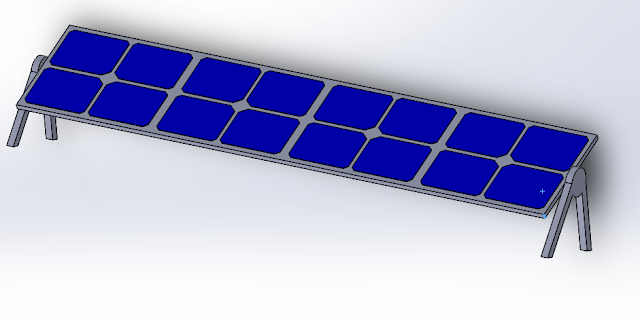Week2:
Solutions for Wayside Power
I did some research on how other public
transportation's collector shoes work. There are two main models that are used
in the industry, which are pantograph (transport) and third rail.
1) Subway and trains

Most of modern trains have a third rail where it gets the electricity from. Usually, the collector shoes are located at the first and the end section of the train.

A third rail is installed laterally along with the
railway track. A collector shoe touches the third rail while the subway or the train are running.
Pro:
They can withstand extreme conditions: vibrations,
heat, etc.

(Schunk Current Collectors and Sling Contacts)
The strip will run against the cables on the top of
the rail while running. The top part is called intelligent carbon.
Pros: long service life, easy maintenance and environment
friendly product.
*Comparison between overhead line and third rail
systems:
-Third rail costs less comparing to overhead line.
-Overhead Third rail
25K
V AC
There
is not much information about wireless rams on the internet, but I believe the
way it works is similar to wireless cellphone chargers.
Transmitter uses a
supplied energy to generate an electromagnetic field for its wire loops. This
electromagnetic field then enters the wire loops of an electrical device to
generate current, which can then use that energy to charge batteries or
run the device.
Bombardier
Transportation company is the first company uses Wireless Rams for its electrification system.
A cable is buried beneath the track to produce a
magnetic field which induces electric current for traction power in pick-up
coils mounted underneath the vehicle.




Comments
Post a Comment